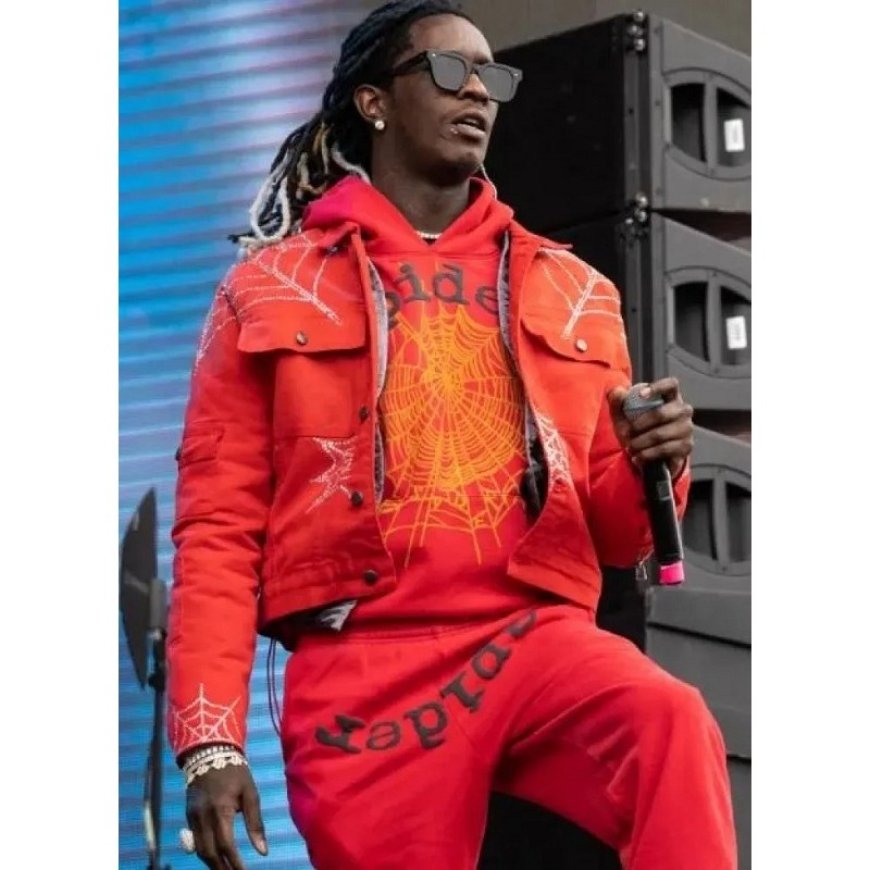The Urgency of Sustainable Fashion
The Urgency of Sustainable Fashion

Environmental Impact and Consumer Awareness
Fashion is one of the most polluting industries globally, contributing to carbon emissions, water pollution, and massive waste. The urgency for sustainable practices has never been greater, Visit now Sp5der hoodie with consumers becoming increasingly aware of the environmental cost of their clothing choices. This heightened awareness is driving demand for eco-friendly products, pushing brands to innovate and adopt sustainable practices.
Legislation and Industry Standards
Governments and industry bodies are implementing stricter regulations to curb the environmental impact of fashion. From carbon taxes to waste management laws, these regulations are forcing companies to rethink their operations. Industry standards like the Global Organic Textile Standard (GOTS) are also gaining traction, ensuring that products labeled as sustainable meet specific environmental and social criteria.
Innovation as a Catalyst for Change
Technological Advancements in Materials
The future of sustainable fashion hinges on innovative materials. Brands are investing in research and development to create eco-friendly textiles that reduce environmental impact. From bio-fabricated leather to recycled polyester, these materials are not only sustainable but also offer the durability and quality that consumers expect.
Circular Fashion: The Rise of Recycling and Upcycling
Circular fashion is revolutionizing the industry by promoting a closed-loop system where materials are reused, recycled, or upcycled. This approach minimizes waste and maximizes the lifecycle of products. Brands like Patagonia and Eileen Fisher are leading the charge, offering take-back programs and producing new garments from recycled materials.
Digital Fashion and Virtual Clothing
In the digital age, fashion is no longer confined to physical garments. Digital fashion—virtual clothing worn in online environments—is gaining popularity, reducing the need for physical production and lowering the industry's carbon footprint. This innovation not only offers a new form of expression but also presents a sustainable alternative to fast fashion.
The Power of Collaboration
Brand Partnerships and Collective Action
Collaboration is key to driving sustainable fashion forward. Check it now https://www.sp5derhoodieshop.net/sp5der-hoodie/ Brands are increasingly forming partnerships to pool resources, share knowledge, and amplify their impact. Initiatives like the Fashion Pact—a coalition of global companies committed to environmental goals—demonstrate the power of collective action in addressing the industry's challenges.
Collaboration with NGOs and Advocacy Groups
Partnerships with NGOs and advocacy groups are also crucial in promoting sustainable practices. Organizations like Fashion Revolution and The Ellen MacArthur Foundation are working with brands to promote transparency, sustainability, and ethical practices across the fashion supply chain.
Consumer and Brand Collaboration
Consumers are playing an active role in shaping the future of fashion. Through social media and other platforms, they are holding brands accountable and demanding more sustainable options. Brands, in turn, are responding by involving consumers in the design process, offering customization options, and creating products that align with their values.
Challenges and Opportunities Ahead
Overcoming the Barriers to Sustainable Fashion
While the momentum for sustainable fashion is growing, significant challenges remain. Cost is a major barrier, with sustainable materials and practices often more expensive than traditional methods. Consumer behavior is another hurdle, as the convenience and affordability of fast fashion continue to drive demand. However, these challenges also present opportunities for innovation and growth.
The Role of Education and Awareness
Education is crucial in overcoming these barriers. By raising awareness about the environmental impact of fashion and the benefits of sustainable choices, brands can empower consumers to make informed decisions. Schools and universities are also playing a role, integrating sustainability into fashion design and business courses, preparing the next generation of industry leaders.
Conclusion: A Sustainable Future is Within Reach
The future of sustainable fashion lies in the hands of those willing to innovate and collaborate. By embracing new technologies, forming strategic partnerships, and educating consumers, the fashion industry can significantly reduce its environmental impact and create a more sustainable future. The journey is complex, but with determination and a collective effort, a sustainable fashion industry is not just possible—it’s inevitable.
What's Your Reaction?
 Like
0
Like
0
 Dislike
0
Dislike
0
 Love
0
Love
0
 Funny
0
Funny
0
 Angry
0
Angry
0
 Sad
0
Sad
0
 Wow
0
Wow
0














































